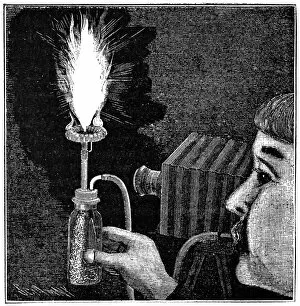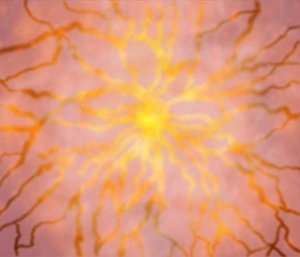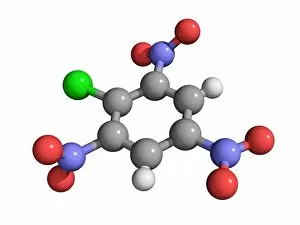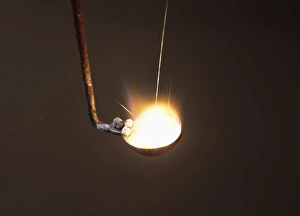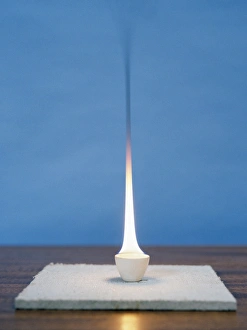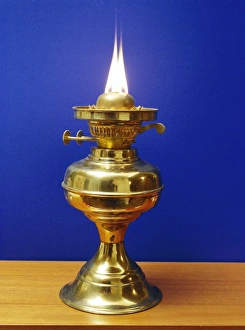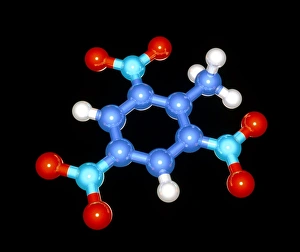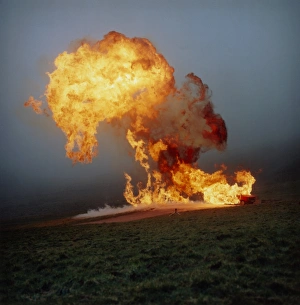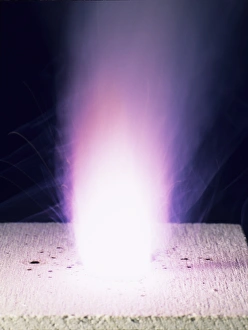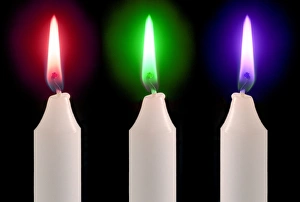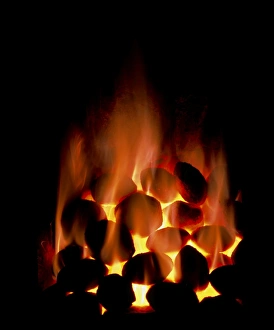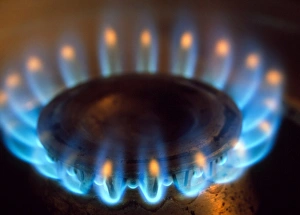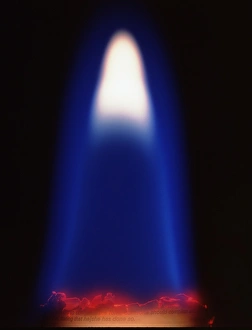Combustion Collection (page 4)
"Unleashing the Fiery Power: Exploring the Mysteries of Combustion" Fire, a mesmerizing element that has captivated mankind since ancient times
All Professionally Made to Order for Quick Shipping
"Unleashing the Fiery Power: Exploring the Mysteries of Combustion" Fire, a mesmerizing element that has captivated mankind since ancient times. From flame tests in laboratories to spontaneous combustion, combustion remains an enigma waiting to be unraveled. In 1961, the launch of Vostok 1 spacecraft marked a milestone in human history as Yuri Gagarin became the first person to orbit Earth. The roaring flames beneath propelled him into space, showcasing the incredible power of controlled combustion. But not all instances are within our control. Paranormal tales have whispered about mysterious fires erupting without any apparent cause - spontaneous combustion defying scientific explanation and leaving us perplexed. As we delve deeper into this fiery realm, we encounter intriguing symbols like the Champion Spark Plug Service Sign – an emblem representing precision and efficiency in igniting engines with a spark. However, amidst these wonders lies a dark side. Tragic accidents remind us of the devastating consequences when fire spirals out of control. Figure 1 depicts a terrible incident where a lady finds herself ablaze - a haunting reminder that vigilance is crucial when dealing with combustible materials. Yet beyond such tragedies lie everyday marvels associated with combustion. The warmth emanating from burning wood or flickering candles creates cozy environments and evokes feelings of comfort and tranquility. Returning to history's pages once more, Charles Dickens' "Bleak House" introduced readers to another facet of this phenomenon - spontaneous human combustion depicted as an eerie occurrence shrouded in mystery during Victorian times. Combustion continues its dance through time, captivating our senses while posing questions yet unanswered by science. Its allure persists as it illuminates both our physical world and our imagination alike – reminding us that within every flame lies untapped potential waiting for discovery.



